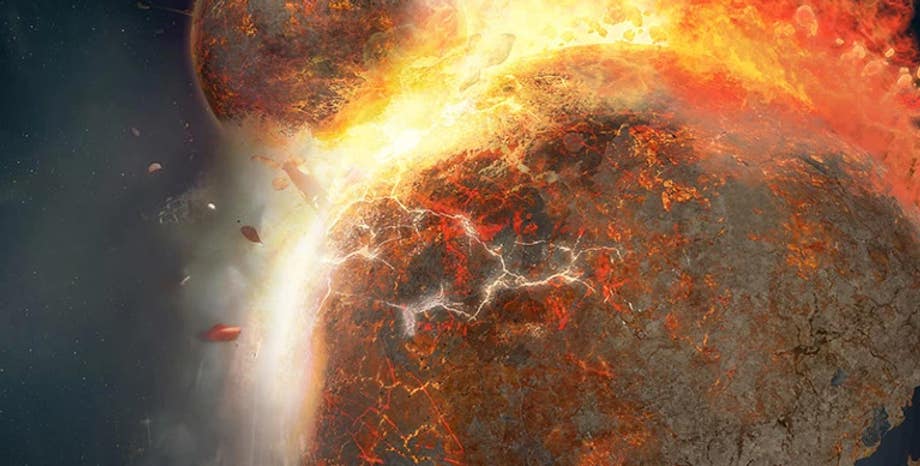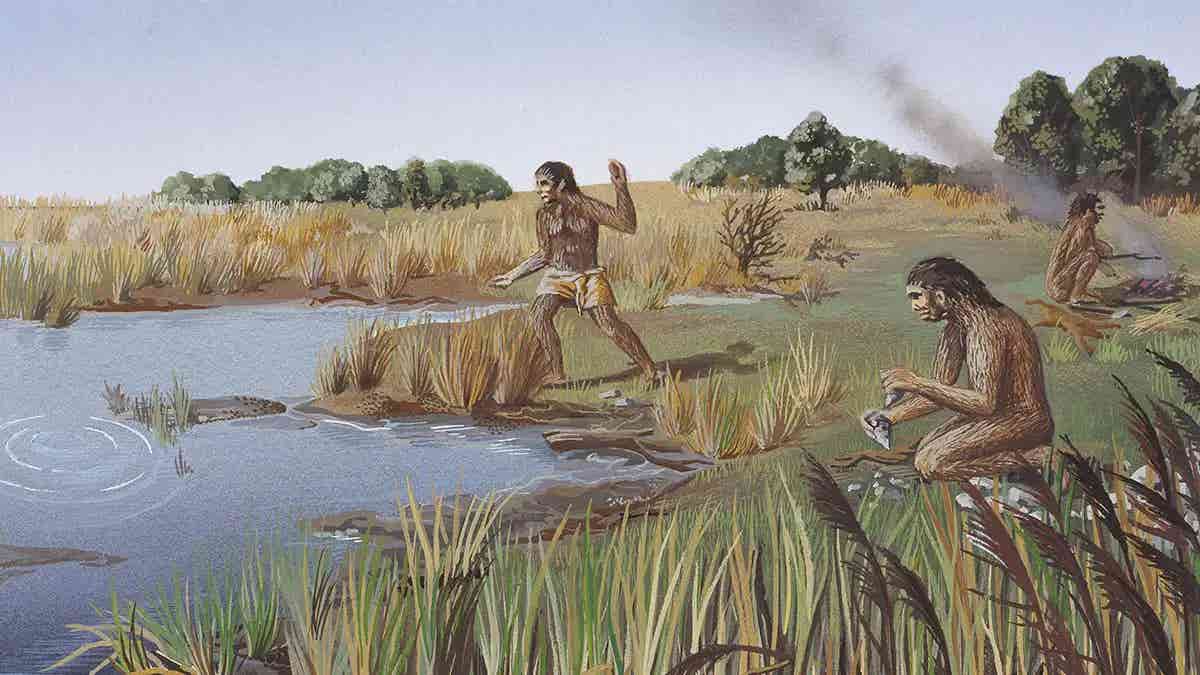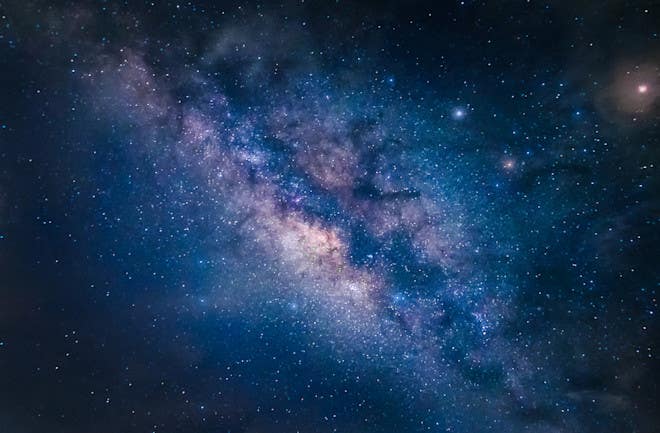Researchers discover pieces of an ancient planet buried deep within the Earth
Seismic imaging has revealed two colossal regions deep within Earth’s mantle that could reshape our understanding of the planet’s composition and history.

Geophysicists, using the Earth’s own seismic whisperings, unveiled the existence of two behemoths lurking near the heart of our planet. (CREDIT: Hernán Cañellas)
Seismic imaging has revealed two colossal regions deep within Earth’s mantle that could reshape our understanding of the planet's composition and history. These continent-sized anomalies, known as large low-velocity provinces (LLVPs), lie near the core, beneath Africa and the Pacific Ocean.
LLVPs are notable for their unusual makeup and their ability to slow seismic waves, making them mysterious features of Earth’s interior.
Their origins have long baffled geologists, but a groundbreaking study has introduced a bold hypothesis: these subterranean giants might be remnants of Theia, a lost planet that collided with Earth billions of years ago.
The Moon-forming impact between Earth and Theia is a cornerstone of planetary science. This event not only explains the Moon's creation but also shaped Earth’s early development. However, the ultimate fate of Theia after the collision has been uncertain. Researchers now propose that parts of Theia’s mantle were absorbed into Earth’s mantle, creating the LLVPs.
Published in Nature, the study has the potential to transform our understanding of planetary formation and evolution.
The LLVPs, rich in iron, are estimated to be 2–3.5% denser than the surrounding mantle. This density difference helps anchor them in the planet’s lower mantle. The research, led by a team from Caltech, suggests that fragments of Theia’s mantle survived the impact and sank to these depths, forming the enigmatic structures.
Related Stories
The research team, including geologists, geophysicists, and geochemists, used advanced simulations to model the cataclysmic collision. These models reveal that much of Theia’s mantle material was incorporated into Earth, while the rest contributed to the Moon’s formation.
Qian Yuan, a key researcher on the project, was inspired by a 2019 lecture on the giant-impact hypothesis. During the talk, he wondered whether the LLVPs could be the remnants of Theia, triggering a deep investigation.
Working with experts across disciplines, Yuan helped simulate the collision, examining the dynamics of impact, the properties of Theia’s mantle, and the subsequent evolution of the debris. The results were striking: Theia’s mantle material, after being injected into Earth’s, segregated into dense, stable regions that could persist for billions of years.
These findings answer a lingering question: why didn’t Theia’s material disperse evenly within Earth? The simulations suggest that the cooler, lower mantle was shielded from the full intensity of the collision’s energy, allowing iron-rich fragments of Theia to remain intact.
These fragments gradually sank and aggregated, forming the LLVPs we observe today. In contrast, if the lower mantle had been more energetically disrupted, Theia’s remnants would have mixed more uniformly with Earth’s mantle.
The implications of this discovery extend beyond Earth’s history. If Theia’s remnants shaped the LLVPs, similar mantle heterogeneities may exist in other planetary bodies that experienced giant impacts during their formation.
Understanding these structures can shed light on the broader processes of planetary evolution, including the development of tectonic activity and the formation of continents.
The study also invites a reexamination of the LLVPs' role in Earth’s geodynamic history. If these structures are indeed ancient relics of Theia, they could have influenced processes like plate tectonics, the rise of continents, and even the planet’s magnetic field.
Paul Asimow, one of the study’s authors, highlights the need to explore how these deep-mantle structures have shaped Earth’s evolution over billions of years.
This research marks a significant step in unraveling the mysteries of Earth’s interior and its violent beginnings. By linking the Moon-forming impact to the LLVPs, scientists have bridged the gap between Earth’s early chaos and its current structure.
The story of Theia and the LLVPs is not just a tale of destruction but one of transformation, providing a clearer picture of how cosmic collisions shape planets.
As we continue to probe Earth’s interior, the LLVPs stand as silent witnesses to an ancient cosmic event that forever altered the planet. Their presence reminds us of the interconnectedness of planetary processes, from the fiery origins of our Moon to the hidden layers of our world.
The search for answers continues, but for now, the LLVPs offer a remarkable glimpse into the Earth’s tumultuous past, reshaping how we understand our place in the cosmos.
Note: Materials provided above by The Brighter Side of News. Content may be edited for style and length.
Like these kind of feel good stories? Get The Brighter Side of News' newsletter.
Joseph Shavit
Head Science News Writer | Communicating Innovation & Discovery
Based in Los Angeles, Joseph Shavit is an accomplished science journalist, head science news writer and co-founder at The Brighter Side of News, where he translates cutting-edge discoveries into compelling stories for a broad audience. With a strong background spanning science, business, product management, media leadership, and entrepreneurship, Joseph brings a unique perspective to science communication. His expertise allows him to uncover the intersection of technological advancements and market potential, shedding light on how groundbreaking research evolves into transformative products and industries.



